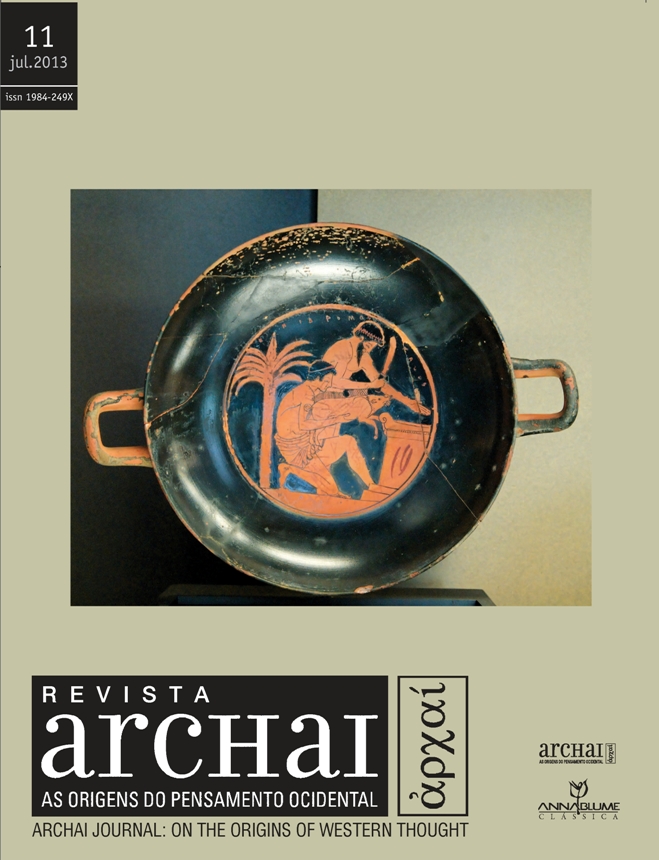"Revetir la vie des chiens", l’animal comme modèle moral
Keywords:
Animal, Cynisme, Paradigme, Modèle, ExemplaritéAbstract
Si la référence des cyniques anciens à l’animal comme modèle est bien connue, il est plus difficile d’en comprendre le sens, car ils ne sont pas les seuls dans l’Antiquité à évoquer l’animal dans un contexte éthique. En partant de la définition aristotélicienne du paradigme, il est dans un premier temps montré que l’animal intervient parfois chez les cyniques dans le cadre d’une induction qui présuppose qu’homme et animal appartiennent à un même genre moral. Mais l’animal apparaît également, dans d’autres contextes, à titre d’exemplum épidictique : il montre de façon immédiate et évidente à l’homme la vertu et le genre de vie qu’il doit imiter. Ces deux types d’exemplarité reposent sur une conception analogique des rapports entre animalité et humanité, typique de la pensée antique, mais l’originalité du cynisme, par rapport, par exemple, au platonisme, réside dans le fait que la vertu attribuée à l’animal n’est pas conçue comme intrinsèquement inférieure à celle de l’homme. Cependant, comme toute imitation, l’imitation de l’animal repose sur une interprétation préalable de ce qui en lui est à imiter. Ce cercle herméneutique explique que, parfois, l’animal dans le cynisme ait un statut de paradigme négatif
Downloads
Downloads
Published
How to Cite
Issue
Section
License
Given the public access policy of the journal, the use of the published texts is free, with the obligation of recognizing the original authorship and the first publication in this journal. The authors of the published contributions are entirely and exclusively responsible for their contents.
1. The authors authorize the publication of the article in this journal.
2. The authors guarantee that the contribution is original, and take full responsibility for its content in case of impugnation by third parties.
3. The authors guarantee that the contribution is not under evaluation in another journal.
4. The authors keep the copyright and convey to the journal the right of first publication, the work being licensed under a Creative Commons Attribution License-BY.
5. The authors are allowed and stimulated to publicize and distribute their work on-line after the publication in the journal.
6. The authors of the approved works authorize the journal to distribute their content, after publication, for reproduction in content indexes, virtual libraries and similars.
7. The editors reserve the right to make adjustments to the text and to adequate the article to the editorial rules of the journal.



